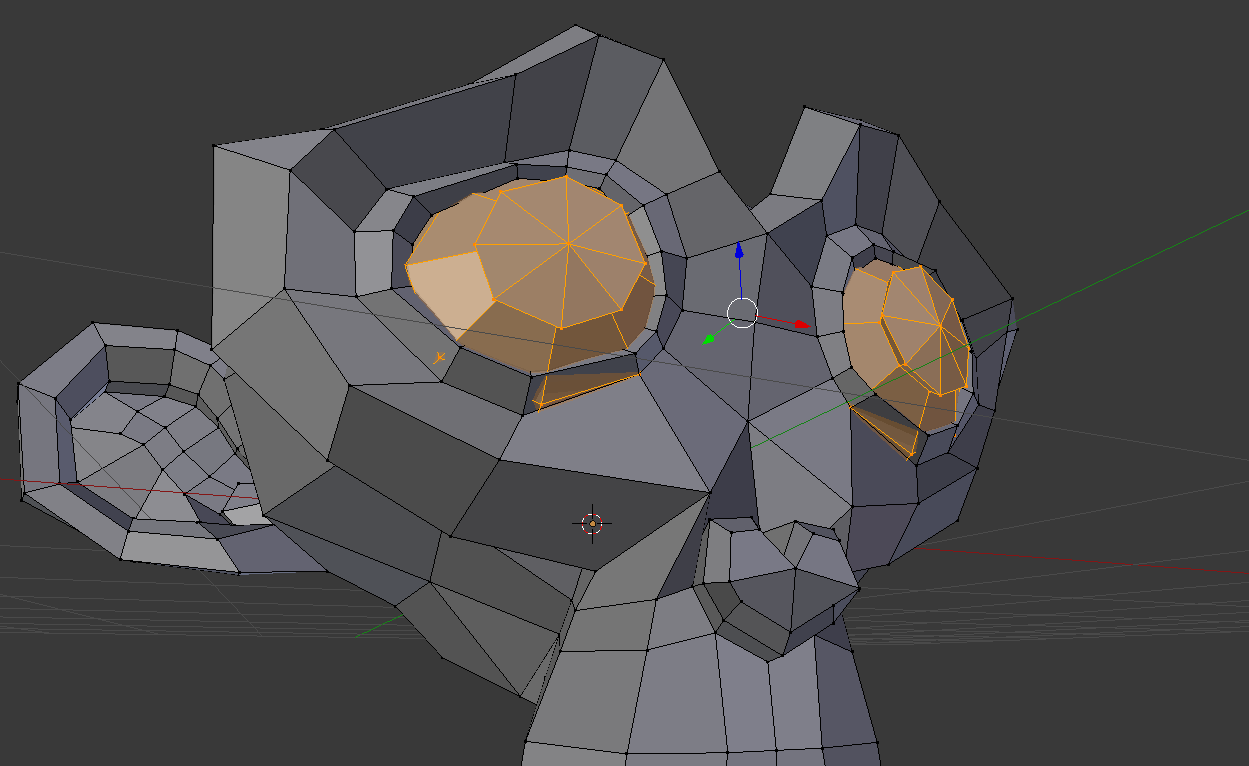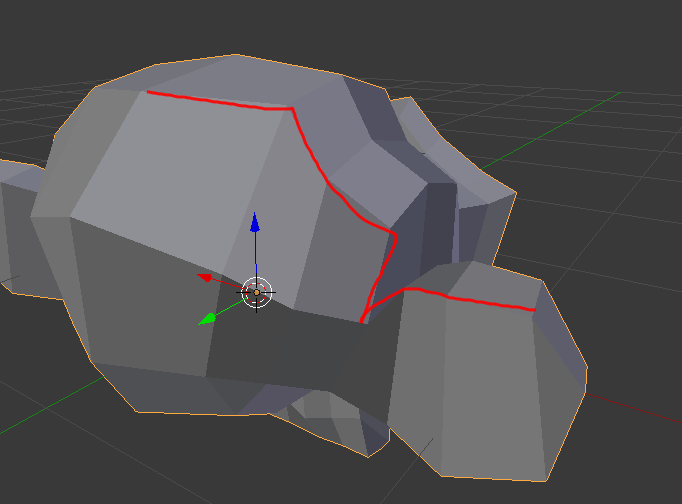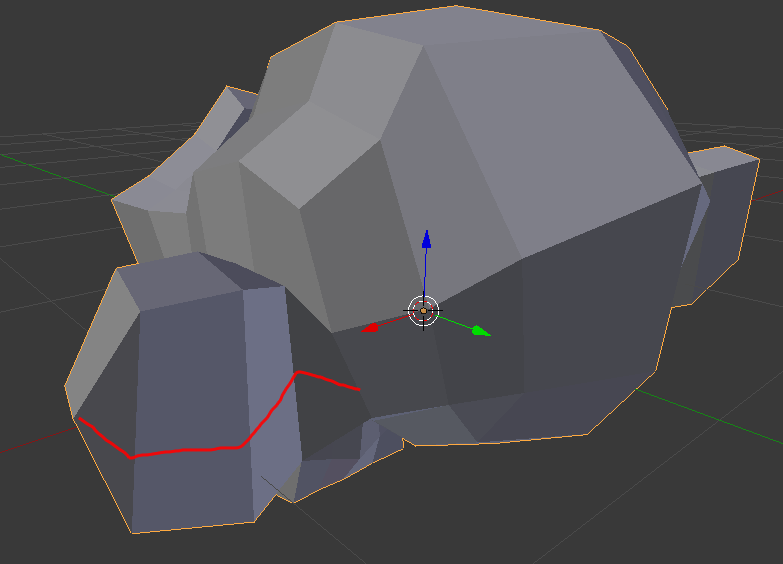I’ve been using Blender for 6 or 7 years…
Seriously, look at that
I had already realized that the mesh was non manifold, but here I can’t beleive eyes surface are actually going throw the monkey’s face !
And all those faces seem so non uniform to me ^^
Am I the only one who had never realized that ?
++
1 Like
sozap
February 28, 2019, 4:57pm
2
Not at all, when 2.5 was release there was a discussion about making a second version of suzanne but the outcome was that as a test object it doesn’t have to be perfect, and some stuff like the eyes as separate objects helps when testing some features.
1 Like
kkar
February 28, 2019, 4:58pm
3
I made mine, see my avatar
ouraf
February 28, 2019, 5:58pm
4
not this again…
It’s a joke model from the earliy 2000s that for one reason or another became a mascot.
Suzanne was never meant to replace the teapot or the bunny. and there’s some charm in its imperfections anyway
“Hey! Be nice to our monkey! She’s famous!”
(And, seriously, she happens to be a very good starting point for a lot of face-and-head modeling, especially for creatures.)
I always thought that it is a generic blueprint for humanoid shapes (like an organic primitive )… which serves as base when crafting a head… haha… I guess I was way off then
YAFU
March 1, 2019, 1:39am
7
Suzanne topology is great for astonishing new users when they learn Subdivision Surfaces
about how something so ugly/dirty can become nice and clean when applying SS. The monkey even seems to get an expression when you subdivide the mesh.
By the way, perhaps current topology is the most optimal option to achieve this without increasing the vertex count.
1 Like
cgCody
March 1, 2019, 2:10am
8
Sure, you can use the monkey as a starting point for your work, in which case the topology would matter, but for those curious:
Blender is a free and open-source 3D computer graphics software tool set used for creating animated films, visual effects, art, 3D-printed models, motion graphics, interactive 3D applications, virtual reality, and, formerly, video games. Blender's features include 3D modelling, UV mapping, texturing, digital drawing, raster graphics editing, rigging and skinning, fluid and smoke simulation, particle simulation, soft body simulation, sculpting, animation, match moving, rendering, motion graphics, ...
![]()
![]()


